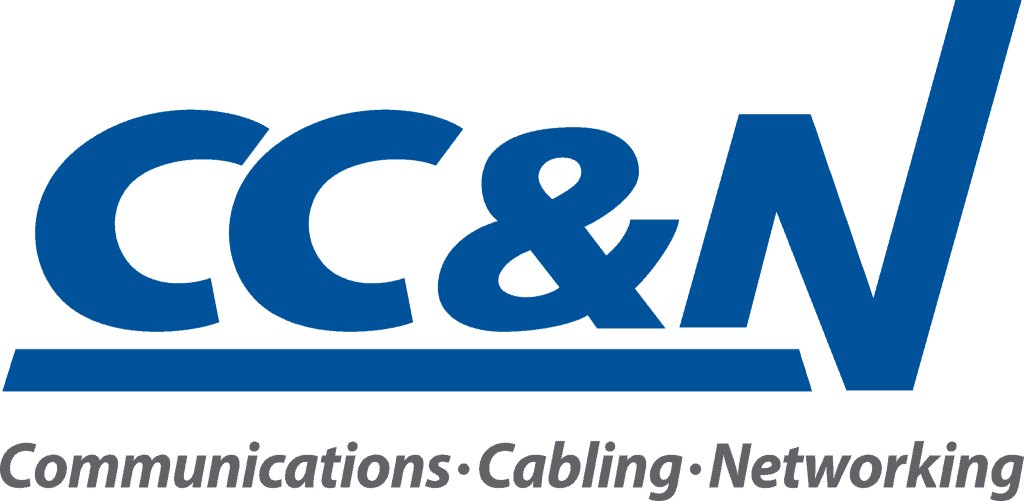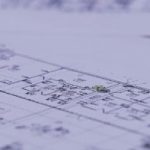Data Center Connectivity
AUTHOR: ROWLAND MORRISON
Whether you are designing a new data center or upgrading your current facility to new virtualized needs. Connectivity is key to the functionality, performance, reliability and cost-effectiveness. The following provides a brief discussion on 6 essential steps in achieving optimal connectivity.
Count the Costs: Preterminated vs. Custom Cable
The first consideration is whether to use a preterminated or custom cable approach. Preterminated cabling arrives from the manufacturer made into specific lengths, which may be cost-effective. Preterminated cable is designed to save labor time and expense. With a custom cable solution, the cables must be formed to various required lengths, finished and tested onsite at the time of installation, which requires investment in more labor at your construction location.
The disadvantage to preterminated cabling? It presents difficulty for data centers architected with short lead-times or change orders. Delivery time for ordering preterminated cabling is realistically four-to-six weeks. This may present a hardship for clients drawing close to the launch date.
Custom cabling offers the advantage of adapting the installation to just-in-time network design. The disadvantage? Custom cabling does not lend itself to re-using materials in any way. When new requirements within the data center make cable changes necessary, original materials often need to be scrapped.
Note: If you require fast installation, ask us about a “data center in a cabinet,” which arrives fully configured with preterminated cables.
Plan Well and Early!
We advise clients to define their data center architecture early in the development process. When initially laying out a data center, it is challenging to estimate the cable lengths correctly. However, CC&N engineers know that the design is vital: if cables are too short, the configuration will not work, requiring re-work or new cables. If cables are too long, this will result in a sloppy configuration. Plan your scenario of cables connecting cabinet to cabinet for a neat and accurate installation.
Application Station
Your application will drive your cabling decisions. Terminating cables on-site involves time and expense, but customizing for specialized application needs may make a custom cable solution necessary. For example, copper cabling provides many network connections for data centers. This copper cabling must first be terminated and then tested, involving on-site time and labor cost.
In Data Centers, preterminated cabling for fiber optics is a good choice. Fiber optic cables are most frequently used for Storage Area Network (SAN) applications. Even though these cables are set-up as preterminated, they still require termination with connectors that are polished on site for a neater installation. Remember to allow time for this step.
Some customers use preterminated solutions with fiber LTU’s (Light Interface Units) that include allow for storage of coiled, footage. Or they may use trunks with preterminated fiber cables. Using fiber LTU’s allow you to buy cables of a standard length and keep your schedule and budget on track.
Preterminated solutions that have Multiple Push-on Connectors (MPOs) cannot be assembled in the field. The fusion-splicing scenario, involving a connector with 12 fibers all in one cable, offers the most flexibility for future network connectivity—plus faster speeds. Remember to order this cabling in advance.
The Need for Speed
We see speeds of 1 and 10 gigabyte in most data centers and many will transmit data at 40 gigabytes. Achieving the next step of 40 gigabytes requires the use of parallel optics with eight fiber-core cabling. Then, 100-gigabyte technology will push the envelope with ten pairs. How do you plan for the future evolution of technology? We recommend that you build connectivity for what you need today; attempting to overbuild may result in outdated technology.
Reduce. Re-use. Recycle.
A factor in designing your cabling infrastructure is the possible recovery of investment in materials when future applications drive new needs. Consider if you will be able to re-use cables. A 12-core, six-port trunk may cost $400-800, depending on the length. Customers may spend $100,000-200,000 on a new SAN, depending on the size of the system, number of cabinets and servers, backup and other factors. In coming years as technology changes, will you be able to re-use any of the cabling? If so, perhaps you could save $50,000-75,000 in materials.
Preterminated cables can be re-used as your configuration changes; custom-installed cables do not allow that opportunity. This has increased the popularity of preterminated cabling.
As we approach 2015, technology network topology is beginning to undergo technology changes such as “fiber channel over Ethernet” developments that will surely necessitate planning for new approaches to connectivity. More on this in future blog posts can be expected.
Maintain Your World
Consider ongoing services and maintenance of your infrastructure. Most cable manufacturers offer a warranty, once cables have been tested and technician-certified. CC&N offers a three-year warranty on installation labor.
Whether you are designing a new data center as a Greenfield site or planning data center enhancements, connectivity is key. CC&N engineers can provide a cabling infrastructure to meet your needs for high performance and reliability. For more information, see CC&N’s IT Network Solutions.
CC&N blog contributors are experienced, certified members of our technical and infrastructure design and project management team. At CC&N, we are committed to providing the premier communication technologies and network cabling and IT integration services that accelerate your business success. Please feel free to share this blog information with your associates.
See CC&N’s complete line of Integrated Solutions for your business, and contact Customer Service if we may be of assistance.






